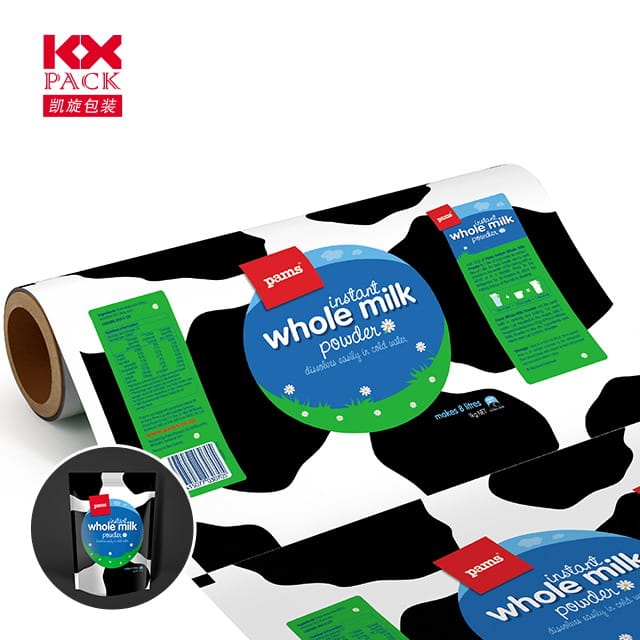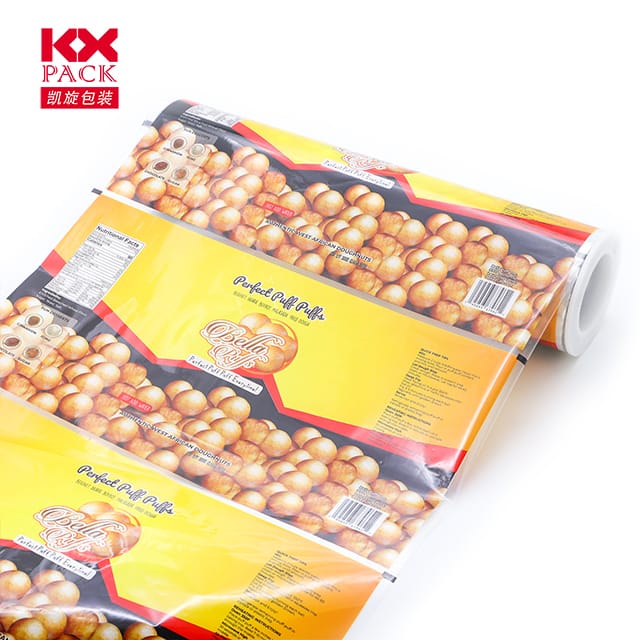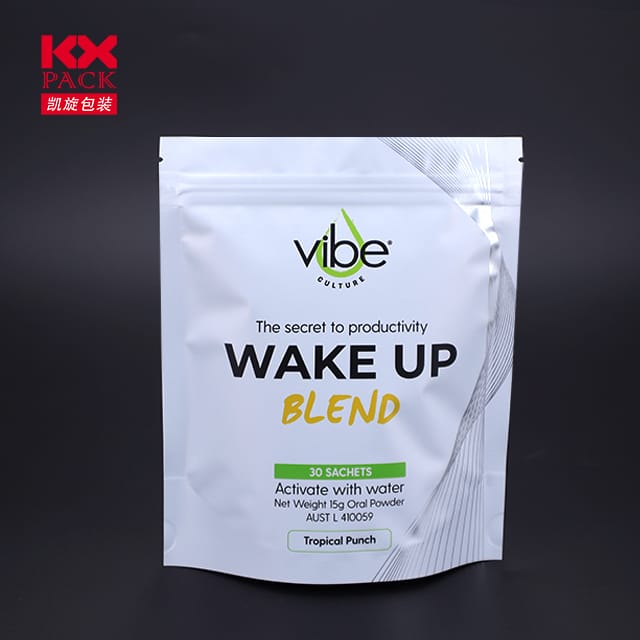Esplorante la evoluon kaj novigojn de filma plasto: Ampleksa superrigardo (2)
Filma plasto
The term “Filma plasto” rilatas al vershava kategorio de maldika, flekseblaj materialoj derivitaj de polimeroj, ludante pivotan rolon tra industrioj. De pakaj solvoj ĝis altnivelaj teknologiaj aplikoj, Filmaj plastoj transformis modernajn fabrikadajn kaj konsumantajn kutimojn. Ĉi tiu blogo enprofundiĝas en ilian signifon, Lastatempaj novigoj, kaj estontaj tendencoj.
1. La Fundamento: Types and Applications
Film plastics encompass a range of materials, inkluzive de polietileno (PE), polipropileno (PP), poliestero (DORLOTBESTO), and biodegradable polymers like PLA. Ilia malpeza, daŭra, and cost-effective properties make them indispensable in:
- Pakado: Food-grade films extend shelf life, while industrial films protect goods during transit.
- Agriculture: Mulching films improve crop yields by retaining soil moisture.
- Electronics: Conductive and insulating films enable high-performance circuit boards.
- Medical Devices: Sterile packaging and implantable materials rely on biocompatible films.
2. Market Dynamics and Growth
The global film plastic market is experiencing steady expansion, driven by:
- Rising Demand: The packaging sector, particularly in emerging economies, fuels consumption.
- Teknologiaj progresoj: Innovations like nanotechnology and multi-layer coextrusion enhance film functionality.
- Sustainability Initiatives: Regulatory pressures and consumer demand push for biodegradable and recyclable films.
Laŭ industriaj raportoj, the market size was valued at approximatelyUsona dolaro 787 miliardoj en 2022 and is projected to reachUsona dolaro 963.7 Miliardo De 2029, with a CAGR of 2.9%. Key players include China, the U.S., and Europe, where industries are rapidly adopting eco-friendly alternatives.
3. Novigoj formantaj la estontecon
3.1 Functional Films for Specialized Needs
- Antifog and Antistatic Films: These prevent condensation and static buildup, critical for electronics and food packaging.
- High-Barrier Films: Used in food and pharmaceutical packaging, they extend product shelf life by blocking oxygen and moisture.
- Inteligentaj Filmoj: Incorporating RFID tags, temperatur -sensiloj, or QR codes, these films enhance traceability and consumer engagement.
3.2 Daŭripovo: The Green Imperative
- Biodegradeblaj filmoj: PLA (polylactic acid) and other bio-based polymers reduce environmental impact. Ekzemple, LVMH Group uses PLA-based films for luxury packaging.
- Reciklita enhavo: Brands like Coca-Cola and Mars are adopting 100% rPET (recycled PET) in their packaging, signaling a shift toward circular economy practices.
- Lightweighting: Reducing material thickness without compromising strength—such as PepsiCo’s 10% lighter 330ml PET bottles—cuts costs and carbon footprints.
3.3 High-Performance Films for Emerging Industries
- Automotive Lightweighting: Films like PA6/12 and PPE+PA composites reduce vehicle weight, boosting fuel efficiency. BMW’s i3 and Toyota’s ISO Dynamics resin seats exemplify this trend.
- Electronics: High-temperature-resistant films (T.e., PEEK, PPS) enable safer, faster-charging EV batteries.
- Medical Innovations: Biocompatible films for drug packaging and implants, such as Astellas’ bio-based blister packs, improve patient safety.
4. Defioj kaj Ŝancoj
Malgraŭ progreso, the industry faces hurdles:
- Waste Management: Single-use plastics remain a concern, necessitating better recycling infrastructure.
- Reguliga plenumo: Stringent environmental laws (T.e., EU’s single-use plastic ban) require agile adaptation.
- Kosto vs. Daŭripovo: Biodegradable films often cost more, limiting adoption in price-sensitive markets.
Tamen, these challenges drive innovation. Collaborations between academia and industry, such as Amat Medical’s PLCL polymer stents, show promise in closing the gap between performance and sustainability.
5. La vojo antaŭen
The future of film plastics hinges on:
- Altnivelaj reciklaj teknologioj: Chemical recycling of mixed plastics could unlock high-value applications.
- Inteligenta Pakado: Integration of IoT sensors for real-time product monitoring.
- Global Collaboration: Cross-industry partnerships to standardize sustainable practices.
Konkludo
Film plastics are more than mere packaging materials—they are enablers of innovation, Efikeco, kaj daŭripovo. As industries evolve, so too must these films, balancing performance with environmental responsibility. The journey ahead demands creativity, collaboration, and a commitment to a greener future.
What are your thoughts on the future of film plastics? Share your insights in the comments below!







